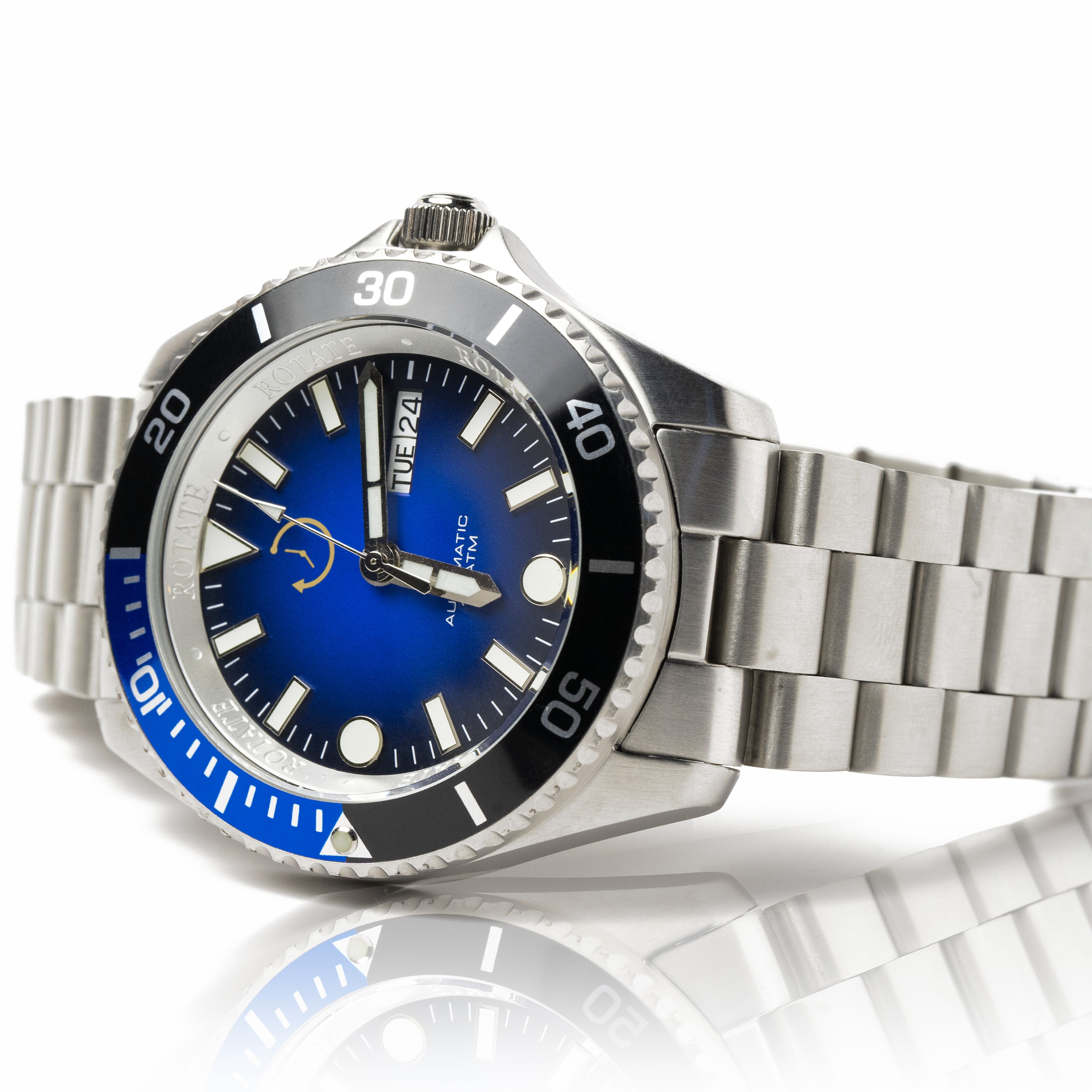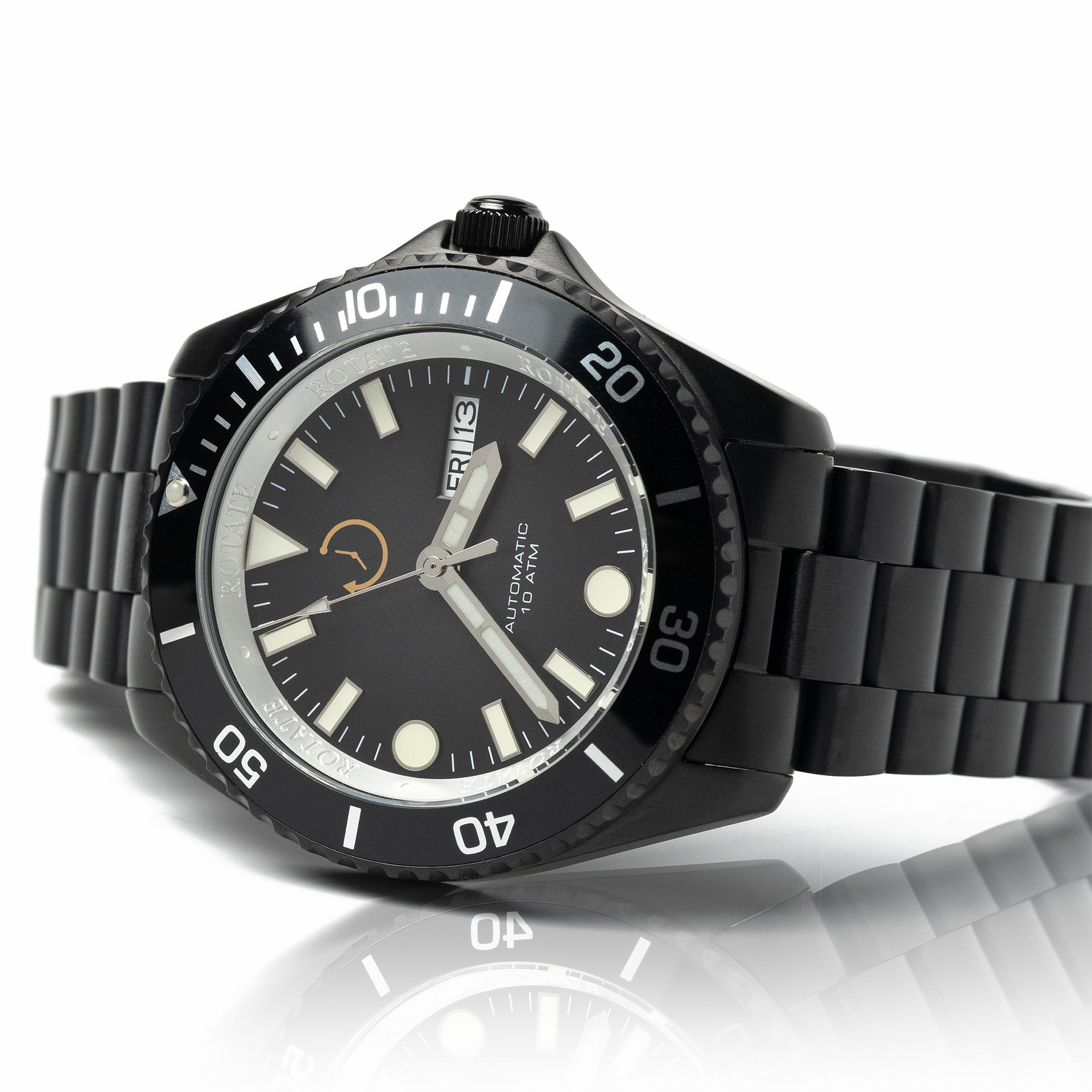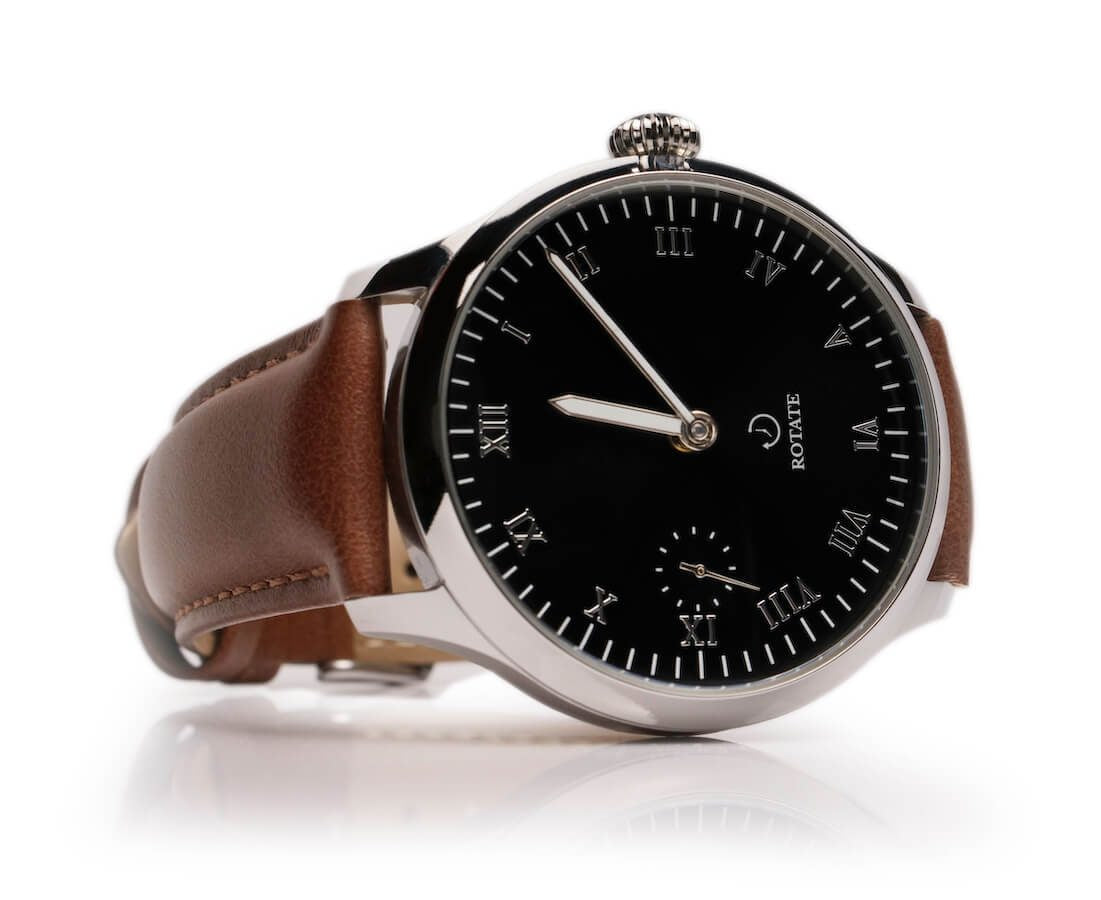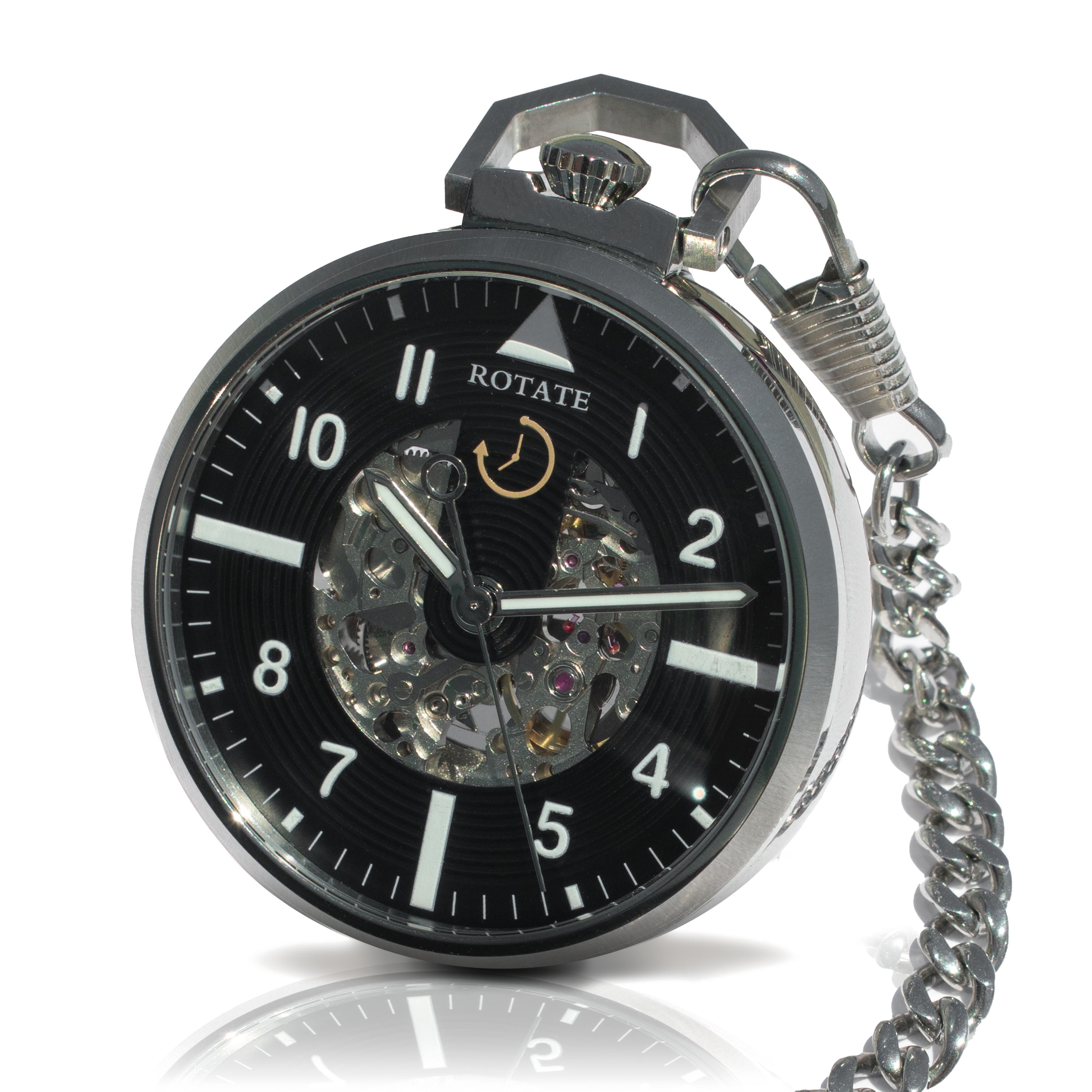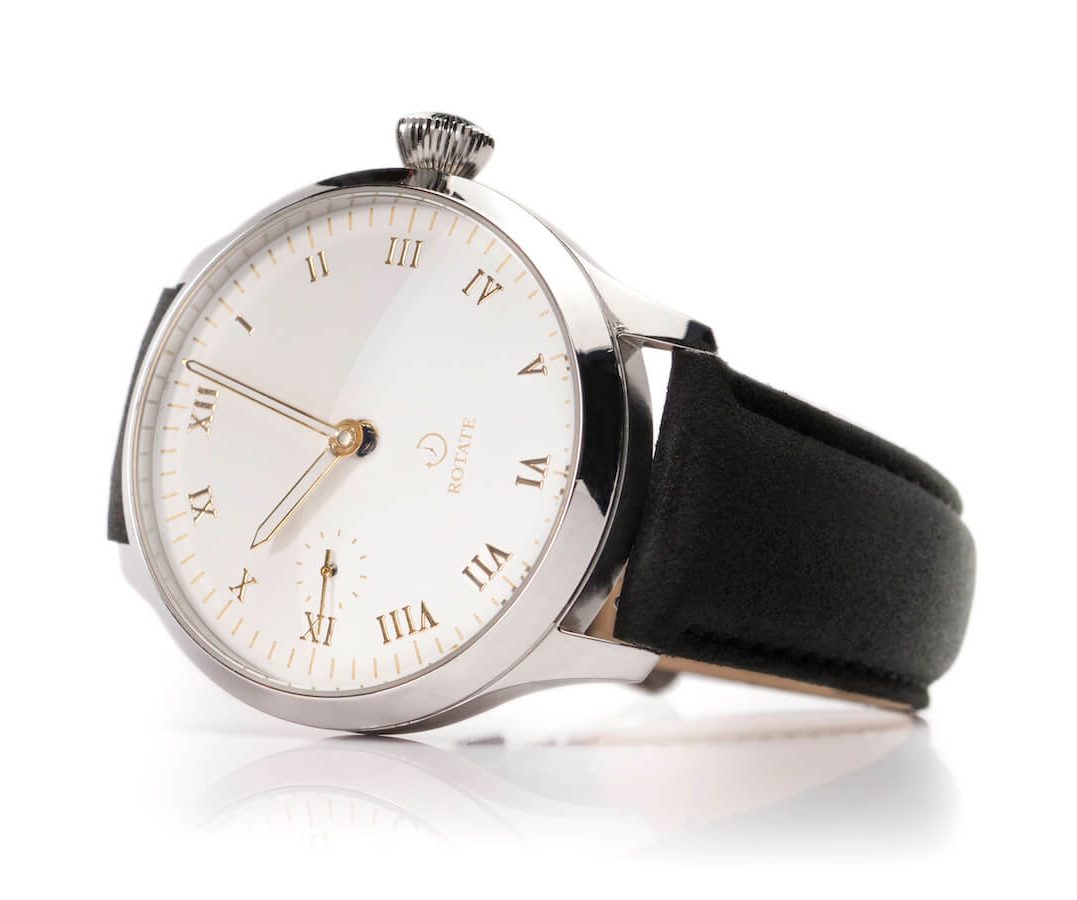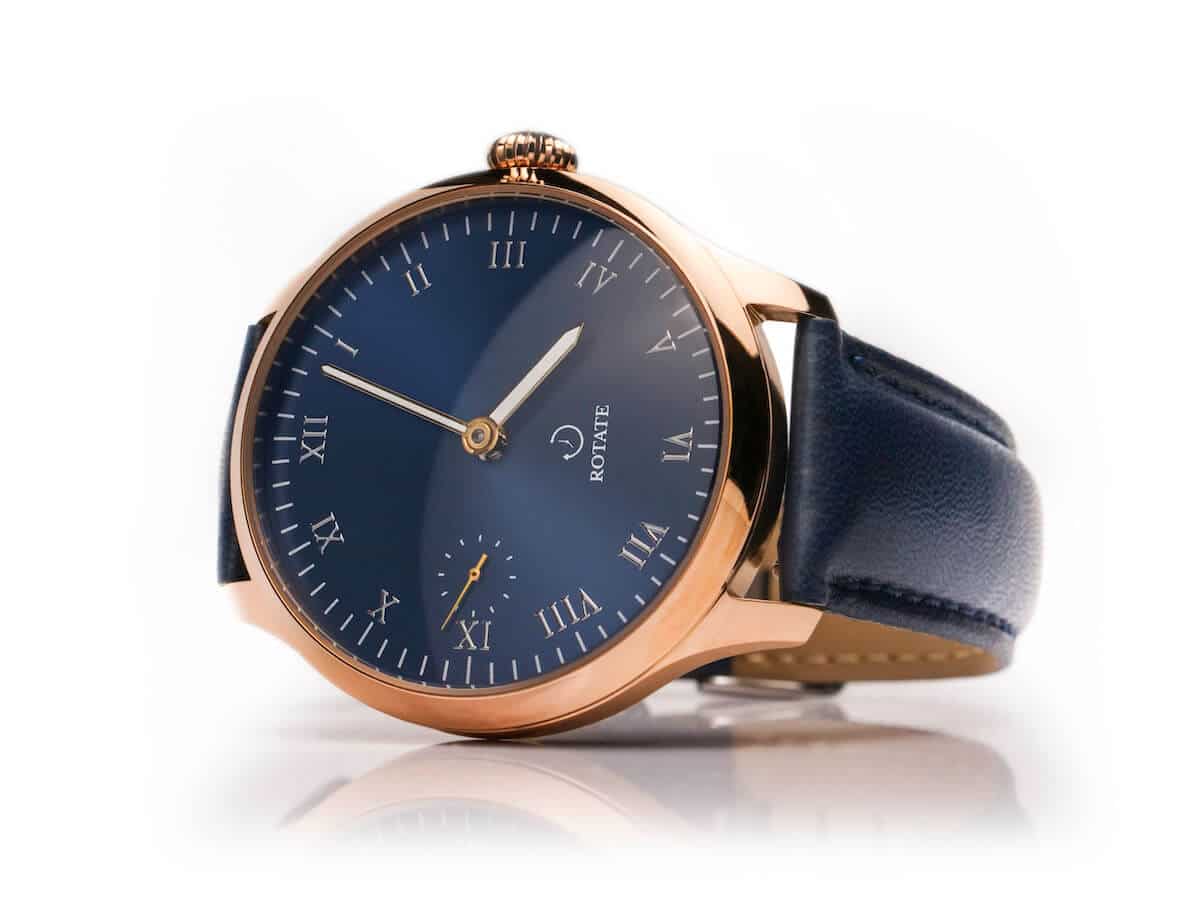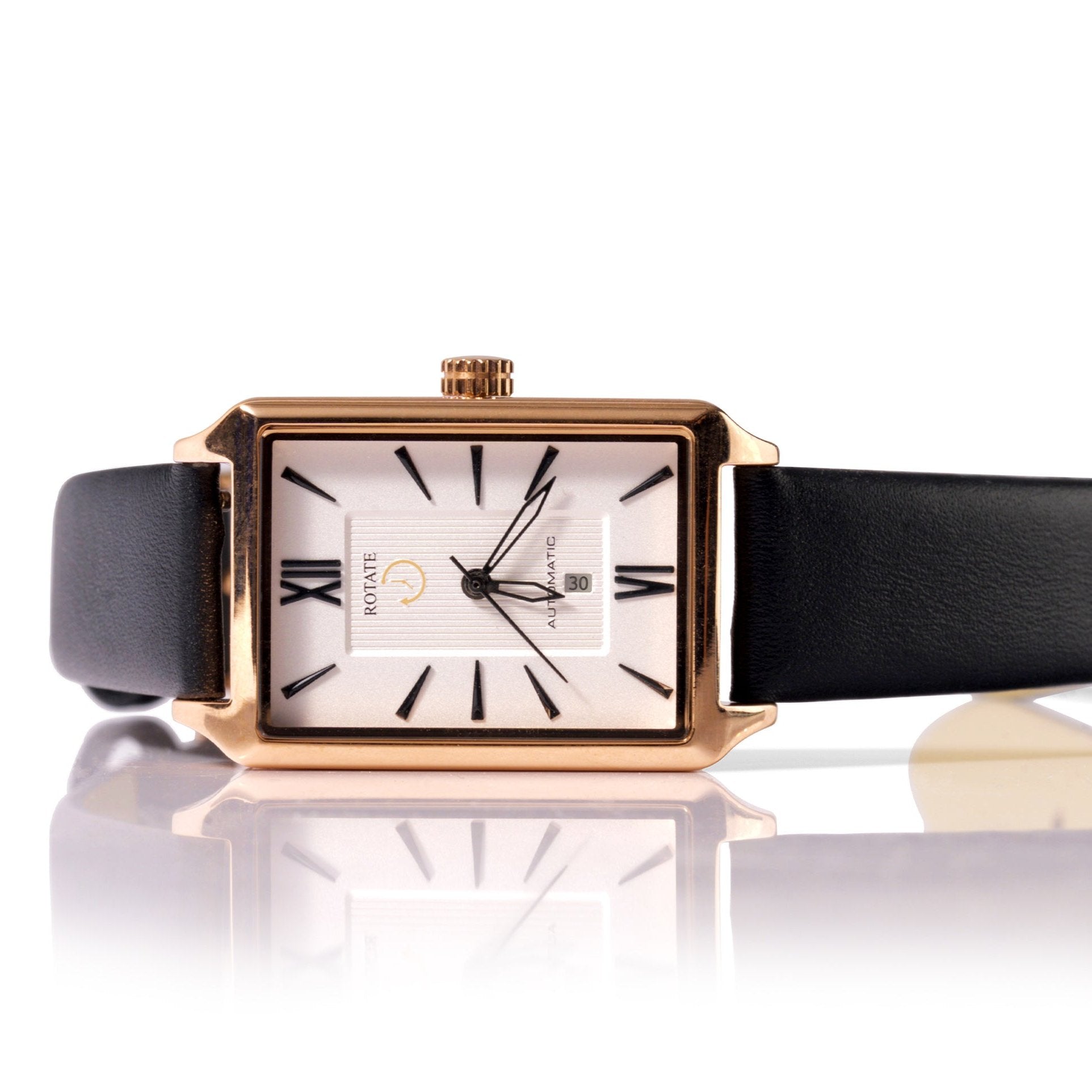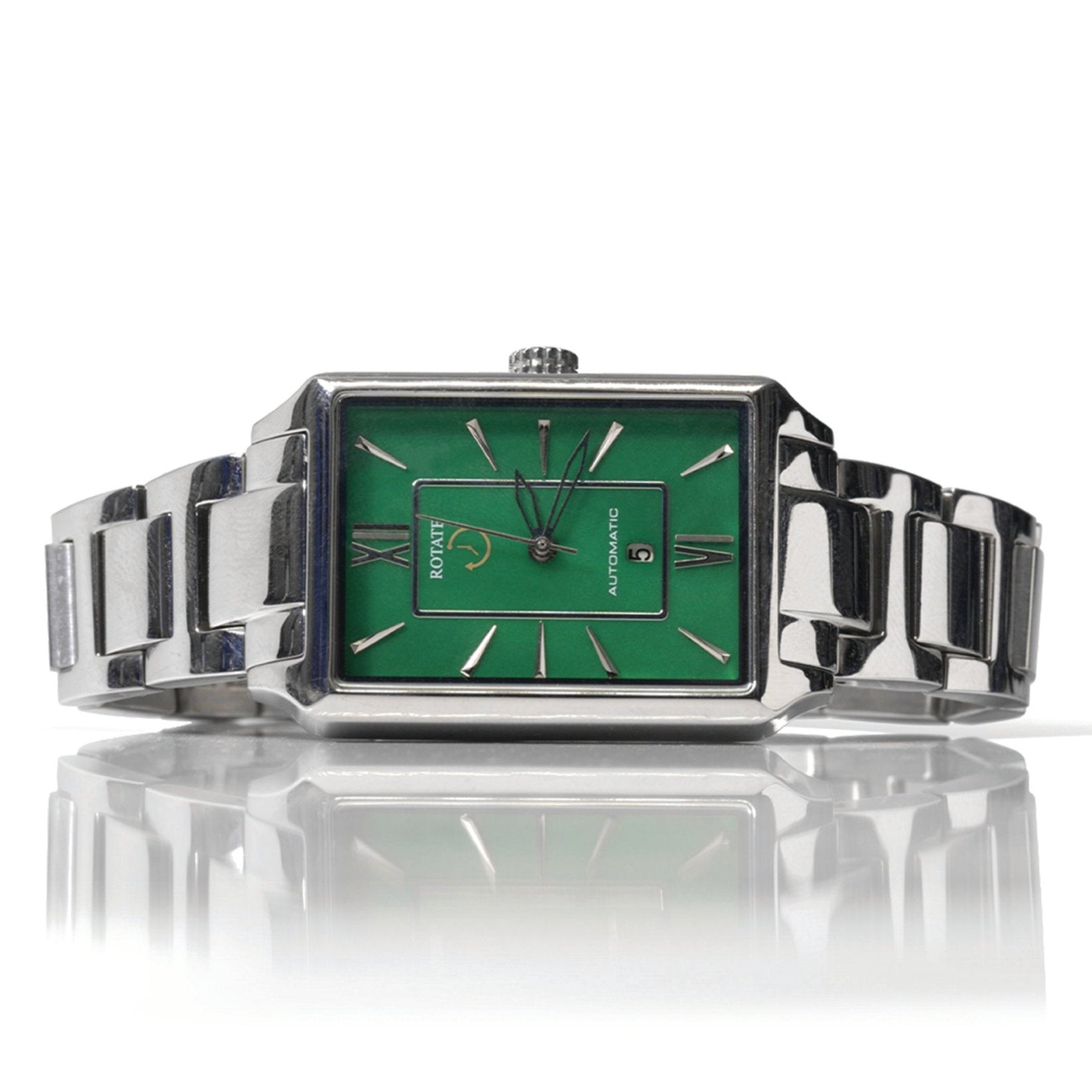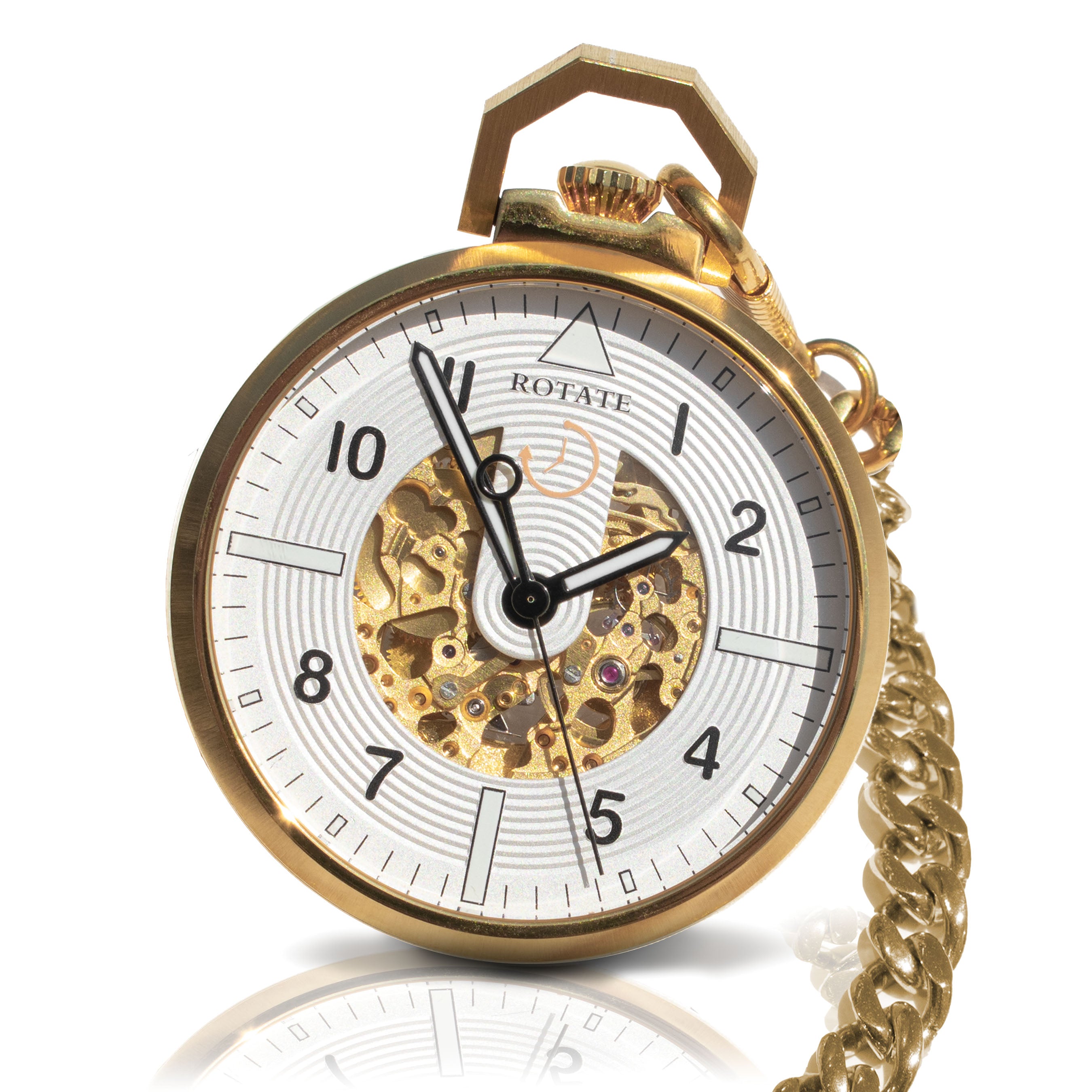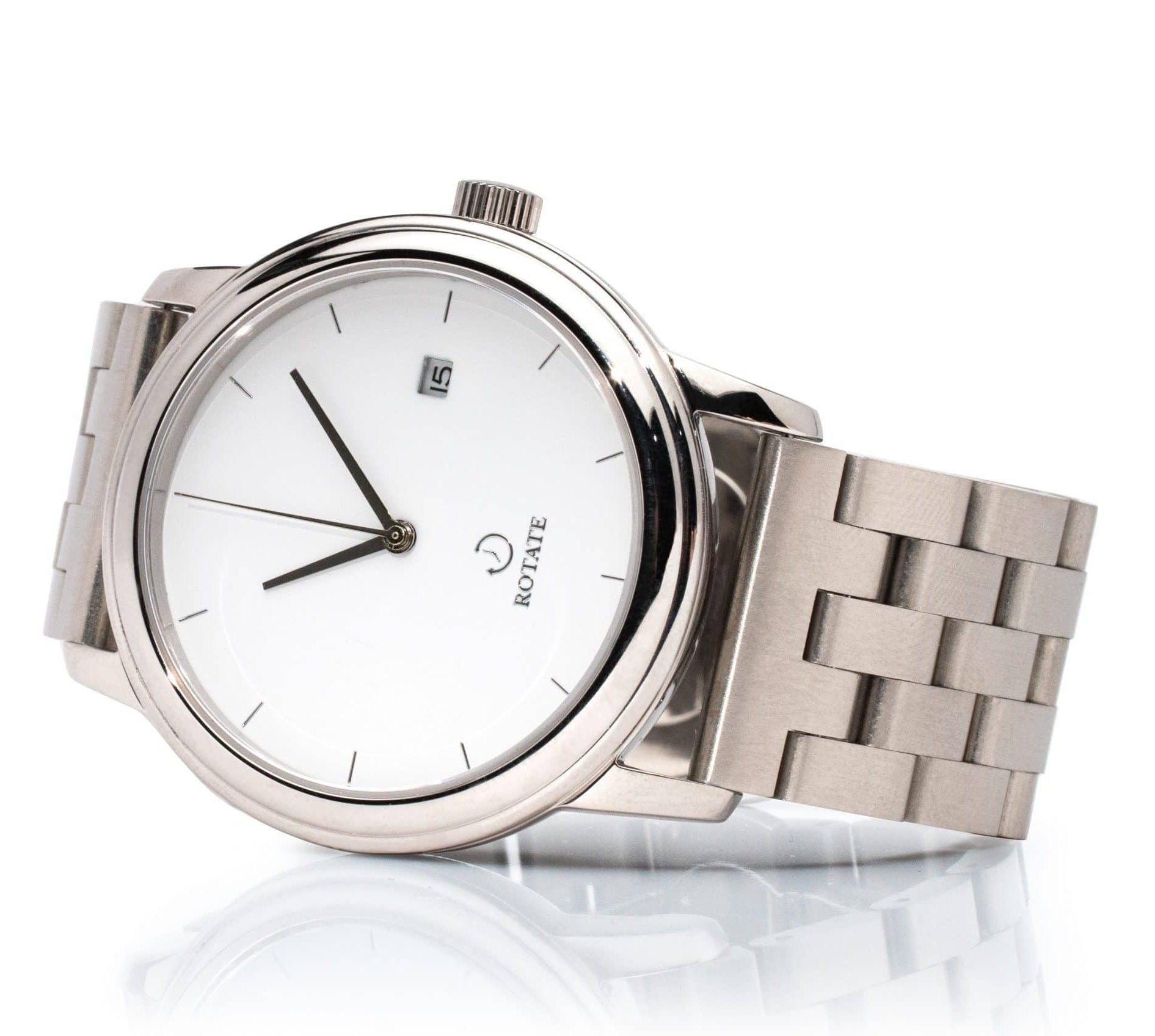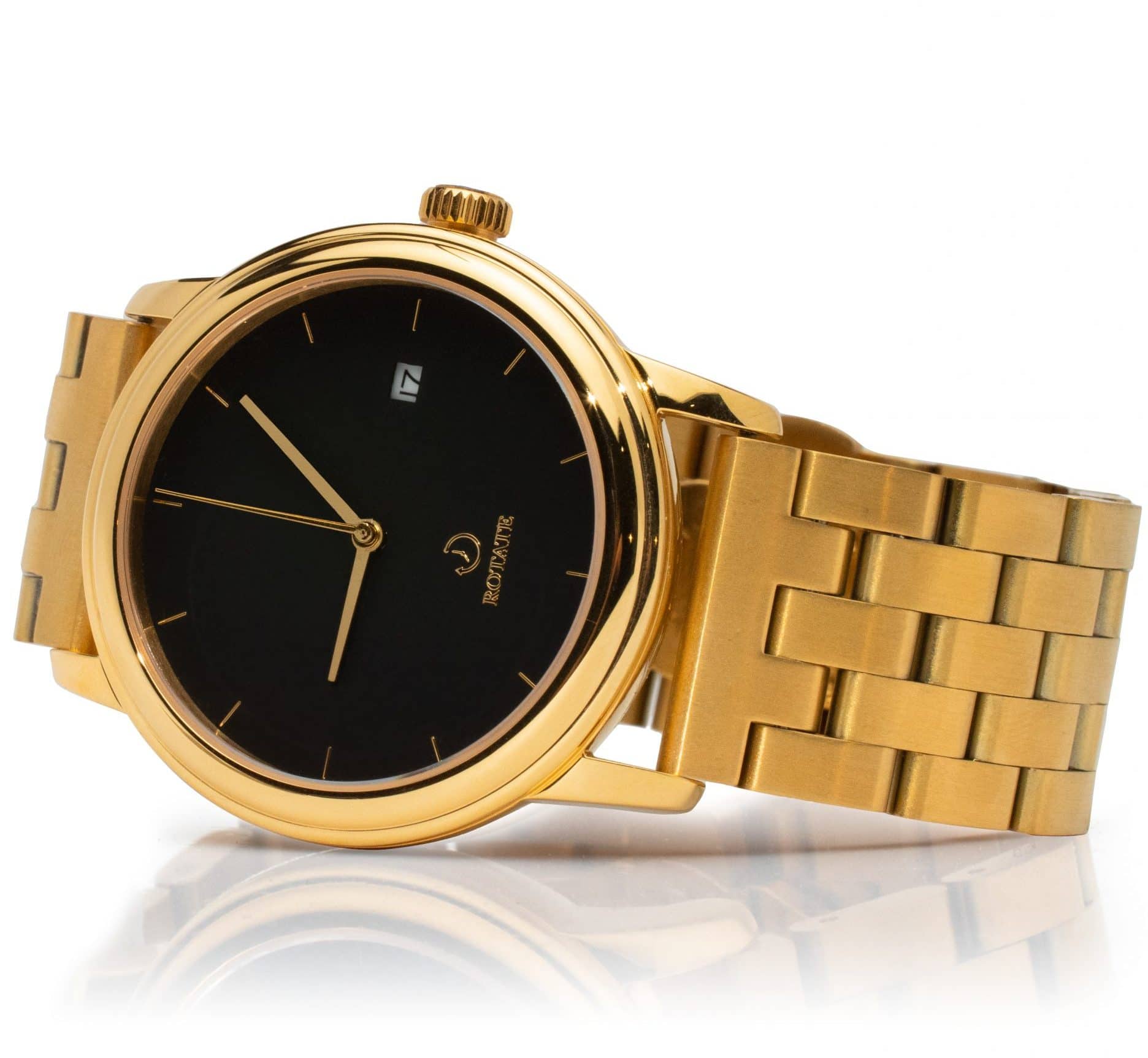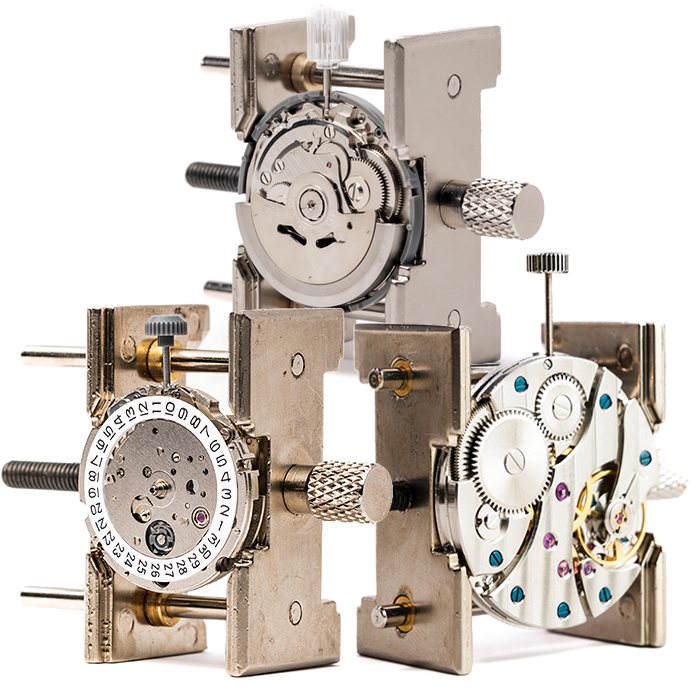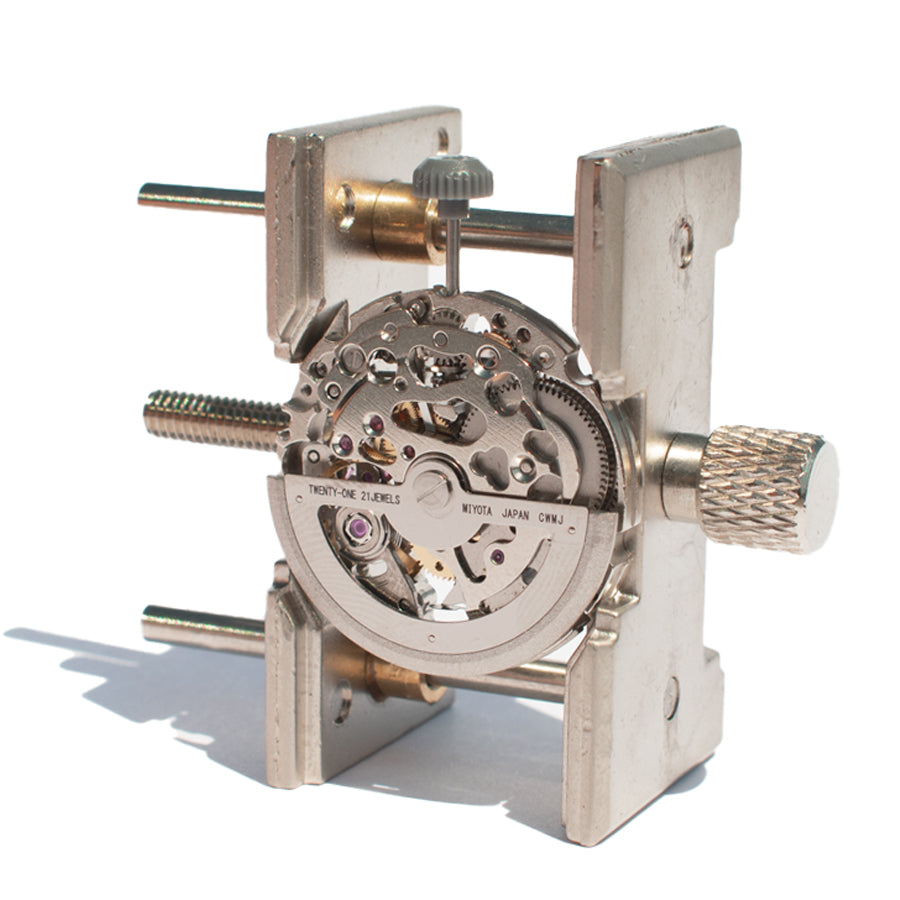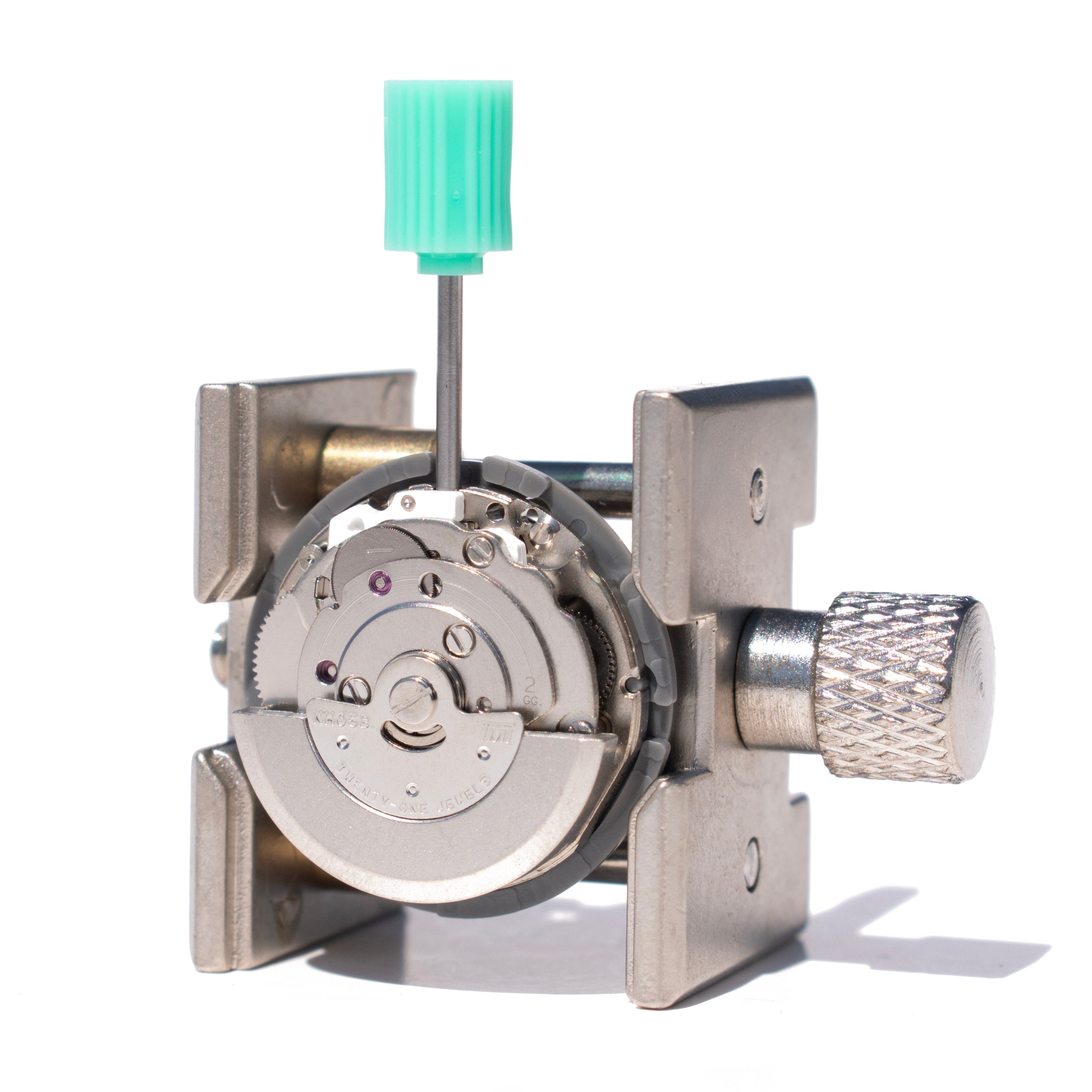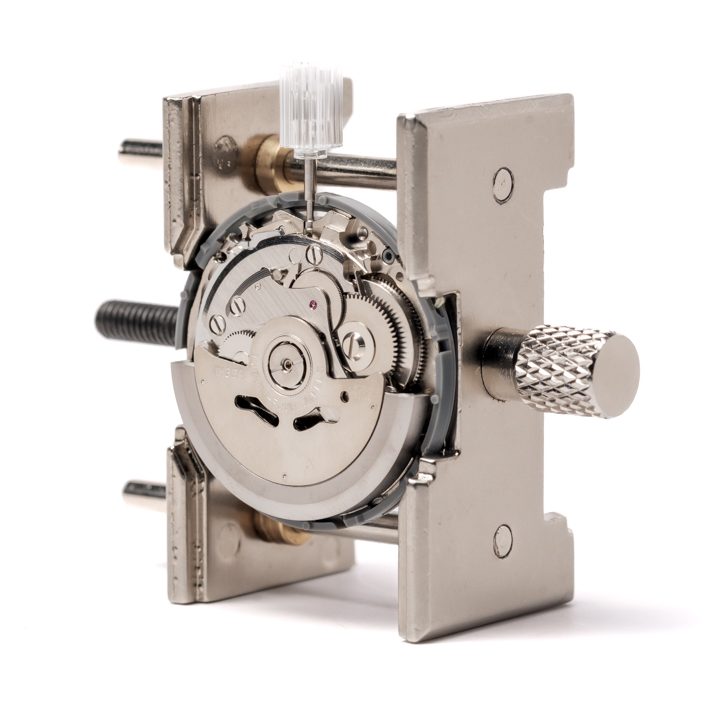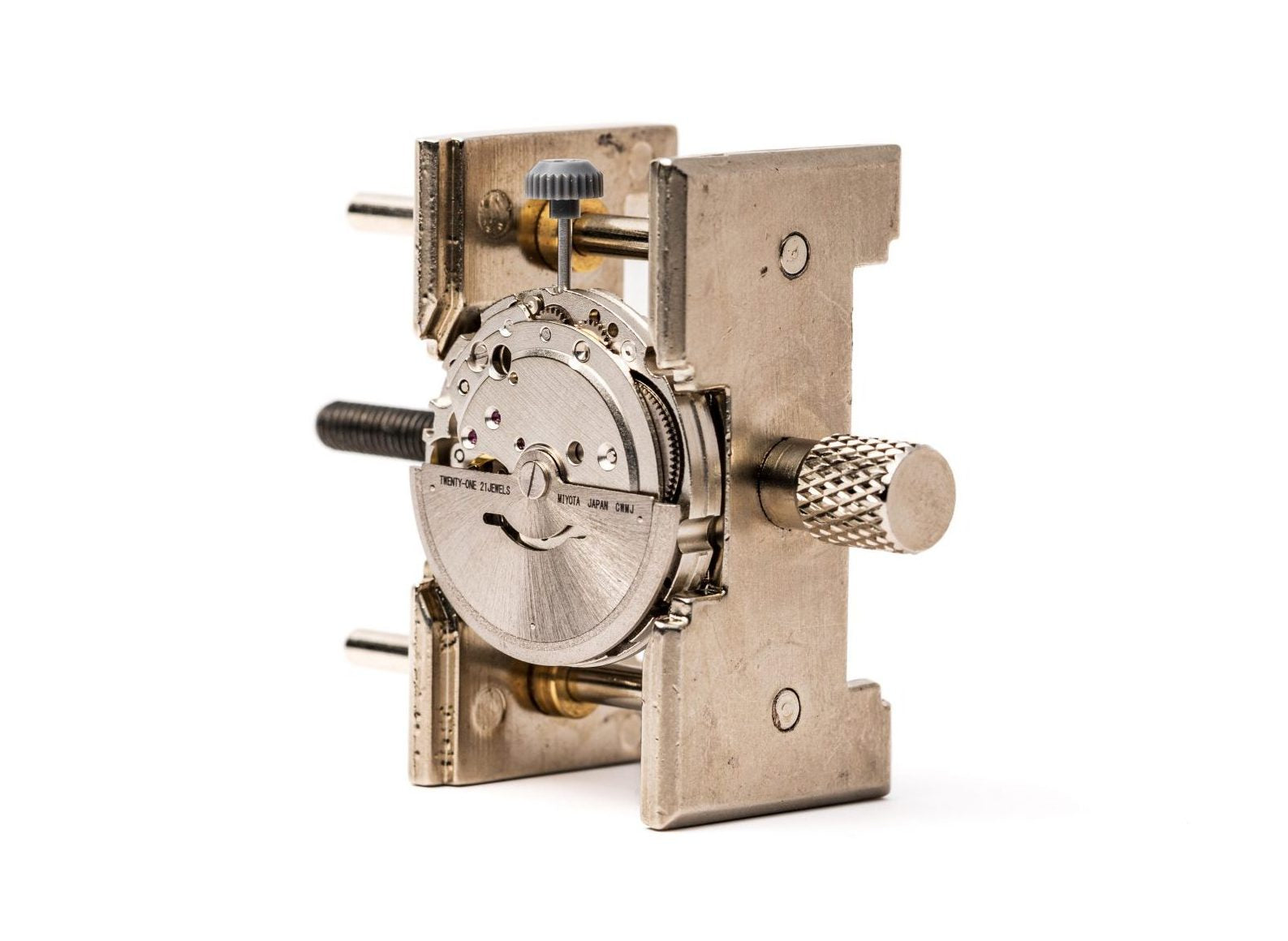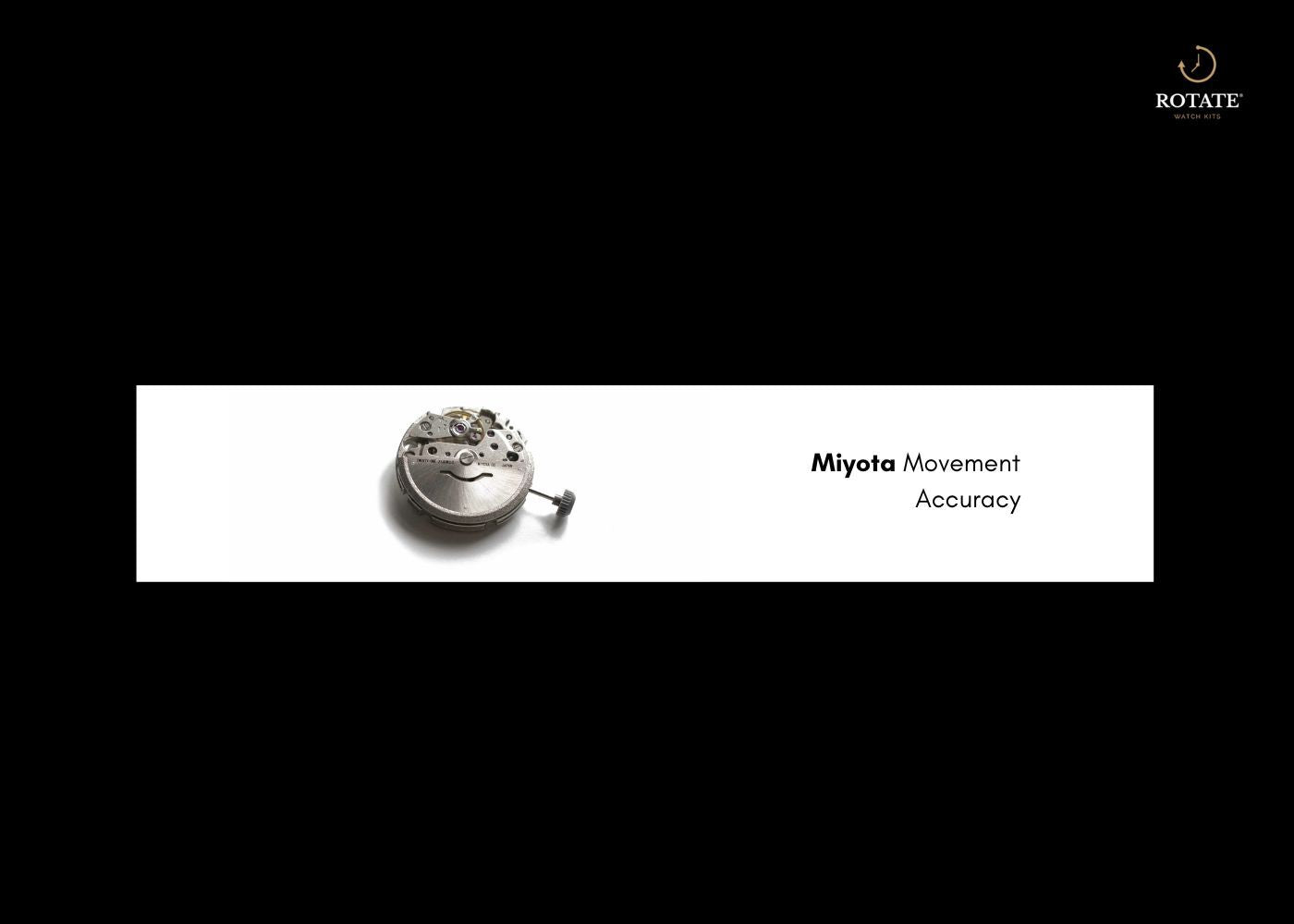
Most Common Mechanical Watch Movement Complications Explained
60-Second Summary
Mechanical complications represent the pinnacle of watchmaking artistry, adding sophisticated functions beyond basic timekeeping. From the practical chronograph stopwatch feature to the astronomical beauty of moon phase displays, these intricate mechanisms showcase centuries of horological innovation. Whether you're fascinated by the mechanical poetry of a tourbillon or the mathematical precision of a perpetual calendar, understanding these complications opens a window into the soul of fine watchmaking. Modern enthusiasts can experience this craftsmanship firsthand through DIY watchmaking, building their own timepieces with movements that incorporate these fascinating features.
What Are Mechanical Complications in Watch Movements
Mechanical complications transform a simple timepiece into a miniature mechanical marvel. These additional functions extend far beyond the basic display of hours, minutes, and seconds.
Understanding Watch Movement Complexity
The term "complication" might sound negative, but in watchmaking, it represents the opposite. Each complication demonstrates the watchmaker's skill in creating intricate gear trains, springs, and levers that work in perfect harmony.
Mechanical Complications vs Basic Timekeeping
While a basic mechanical watch movement focuses solely on timekeeping accuracy, complications add layers of functionality. Some complications serve practical purposes, while others exist purely for aesthetic or technical achievement.
Learn more about mechanical watch movements here.
Most Essential Chronograph Functions in Mechanical Complications
The chronograph stands as one of the most beloved and practical mechanical complications in modern watchmaking.
How Chronograph Mechanisms Work
A chronograph functions as an integrated stopwatch within your timepiece. The mechanism uses additional gear trains that can be engaged and disengaged without affecting the main timekeeping function.
Chronograph Variations and Features
Traditional chronograph watches feature pushers positioned at 2 and 4 o'clock. The top pusher starts and stops the timing function, while the bottom pusher resets the chronograph hands to zero.
Flyback chronographs offer instant reset and restart capabilities, perfect for timing consecutive events. Split-seconds chronographs use two central seconds hands for timing multiple overlapping events.
Learn more about Swiss movements with chronograph complications here.
Perpetual Calendar Mechanical Complications Explained
The perpetual calendar represents the ultimate achievement in calendar mechanical complications.
Perpetual Calendar Mechanism Complexity
A perpetual calendar automatically accounts for varying month lengths, leap years, and even century adjustments. The mechanism requires hundreds of precisely engineered components working together.
Perpetual Calendar Accuracy and Adjustment
Most perpetual calendar complications remain accurate until the year 2100, when the Gregorian calendar skips a leap year. The mechanical memory built into these movements remembers 30-day and 31-day months automatically.
Annual Calendar vs Perpetual Calendar
Annual calendars require one manual adjustment per year, while perpetual calendar movements need correction only once per century. Both represent significant achievements in mechanical complications.
Moon Phase Mechanical Complications and Astronomical Displays
The moon phase complication brings celestial beauty to your wrist while demonstrating astronomical precision.
Moon Phase Mechanism Operation
Moon phase displays typically use a rotating disc featuring two moon images. A 59-tooth gear drives the disc, completing one rotation every 29.5 days to match the lunar cycle.
Moon Phase Accuracy Levels
Basic moon phase complications require adjustment approximately once every two and a half years. High-precision versions maintain accuracy for 122 years or even centuries.
Aesthetic Appeal of Moon Phase Displays
Modern moon phase complications often feature artistic interpretations, from classical faces to minimalist apertures. The complication adds romantic appeal to any timepiece.
Learn more about watch dial styles including moon phase displays here.
Advanced Tourbillon Mechanical Complications
The tourbillon represents the most visually spectacular of all mechanical complications.
Tourbillon Purpose and Function
Originally designed to counteract gravity's effects on pocket watches, the tourbillon places the escapement and balance wheel in a rotating cage. The cage completes one rotation per minute.
Tourbillon in Modern Wristwatches
While the practical benefits for wristwatches remain debatable, tourbillon complications showcase supreme mechanical artistry. The mesmerizing rotation captivates watch enthusiasts worldwide.
Tourbillon Variations
Flying tourbillons omit the upper bridge for enhanced visibility. Multi-axis tourbillons rotate on multiple planes, creating even more complex mechanical displays.
Additional Mechanical Complications Worth Understanding
Beyond the major complications, numerous other mechanical complications enhance watch functionality.
GMT and Dual Time Functions
GMT complications display multiple time zones simultaneously, perfect for travelers. The additional 24-hour hand indicates home time while the main hands show local time.
Power Reserve Indicators
Power reserve complications display remaining mainspring energy. Visual indicators help owners maintain proper winding schedules for optimal timekeeping.
Alarm Mechanical Complications
Mechanical alarm complications use striking mechanisms to produce audible alerts. These intricate systems add practical wake-up functionality to timepieces.
Learn more about automatic watch power and winding here.
Building Your Own Mechanical Complications Experience
Modern enthusiasts can explore mechanical complications through hands-on watchmaking experiences.
DIY Watchmaking and Movement Understanding
Building your own timepiece provides intimate knowledge of how mechanical complications function. Starting with basic movements helps build appreciation for more complex complications.
Movement Selection for Mechanical Complications
The Seiko NH36 movement offers date complications and serves as an excellent introduction to mechanical complications. More advanced builders can explore movements with additional features.
Explore the Seiko NH36 movement kit here to start your mechanical complications journey.
Tools for Working with Mechanical Complications
Proper tools become essential when working with mechanical complications. Precision screwdrivers, tweezers, and magnification help handle delicate components safely.
Check out professional watchmaking tools here.
Mechanical Complications in Collecting and Appreciation
Understanding mechanical complications enhances collecting experiences and technical appreciation.
Evaluating Mechanical Complications Quality
Quality mechanical complications exhibit smooth operation, accurate function, and reliable performance. Hand-finished components often indicate superior craftsmanship.
Mechanical Complications and Value
Timepieces featuring multiple mechanical complications typically command higher values. The complexity and manufacturing difficulty contribute to pricing and desirability.
Learn more about starting your watch collection here.
FAQ
Q. What are the most common mechanical complications in watches?
The most common mechanical complications include date displays, chronograph functions, GMT/dual time, and power reserve indicators. More complex complications include perpetual calendar, moon phase, and tourbillon mechanisms.
Q. How does a chronograph complication work?
A chronograph uses additional gear trains that engage with the main movement to measure elapsed time. Pushers activate start, stop, and reset functions while maintaining accurate timekeeping throughout operation.
Q. What makes a perpetual calendar so special?
A perpetual calendar automatically adjusts for varying month lengths and leap years without manual correction. The complication requires hundreds of components and remains accurate until 2100, showcasing ultimate mechanical sophistication.
Q. Why do watches have moon phase complications?
Moon phase complications historically helped with navigation and tide tracking. Today, they serve primarily aesthetic purposes, adding celestial beauty and romantic appeal to timepieces while demonstrating mechanical precision.
Q. Is a tourbillon complication practical or just decorative?
While originally designed to improve accuracy in pocket watches, tourbillon complications in modern wristwatches serve primarily as visual spectacles. The mesmerizing rotation showcases watchmaking artistry more than practical timekeeping benefits.
Q. Can beginners learn about mechanical complications through DIY watchmaking?
Yes, DIY watchmaking provides excellent hands-on education about mechanical complications. Starting with basic movements like date functions helps build understanding before progressing to more complex complications.
{ "@context": "https://schema.org", "@type": "FAQPage", "mainEntity": [ { "@type": "Question", "name": "What are the most common mechanical complications in watches?", "acceptedAnswer": { "@type": "Answer", "text": "The most common mechanical complications include date displays, chronograph functions, GMT/dual time, and power reserve indicators. More complex complications include perpetual calendar, moon phase, and tourbillon mechanisms." } }, { "@type": "Question", "name": "How does a chronograph complication work?", "acceptedAnswer": { "@type": "Answer", "text": "A chronograph uses additional gear trains that engage with the main movement to measure elapsed time. Pushers activate start, stop, and reset functions while maintaining accurate timekeeping throughout operation." } }, { "@type": "Question", "name": "What makes a perpetual calendar so special?", "acceptedAnswer": { "@type": "Answer", "text": "A perpetual calendar automatically adjusts for varying month lengths and leap years without manual correction. The complication requires hundreds of components and remains accurate until 2100, showcasing ultimate mechanical sophistication." } }, { "@type": "Question", "name": "Why do watches have moon phase complications?", "acceptedAnswer": { "@type": "Answer", "text": "Moon phase complications historically helped with navigation and tide tracking. Today, they serve primarily aesthetic purposes, adding celestial beauty and romantic appeal to timepieces while demonstrating mechanical precision." } }, { "@type": "Question", "name": "Is a tourbillon complication practical or just decorative?", "acceptedAnswer": { "@type": "Answer", "text": "While originally designed to improve accuracy in pocket watches, tourbillon complications in modern wristwatches serve primarily as visual spectacles. The mesmerizing rotation showcases watchmaking artistry more than practical timekeeping benefits." } }, { "@type": "Question", "name": "Can beginners learn about mechanical complications through DIY watchmaking?", "acceptedAnswer": { "@type": "Answer", "text": "Yes, DIY watchmaking provides excellent hands-on education about mechanical complications. Starting with basic movements like date functions helps build understanding before progressing to more complex complications." } } ] }

